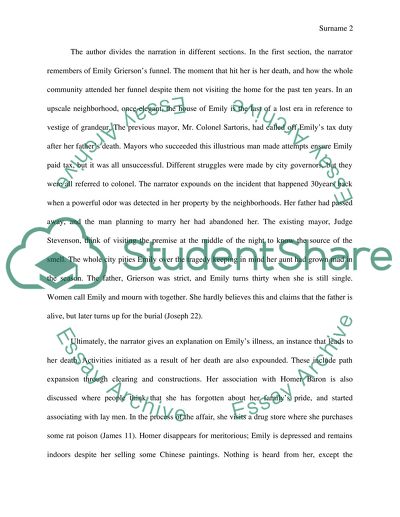Cite this document
(“Comparison between A rose by Emily and The Dead Term Paper”, n.d.)
Retrieved from https://studentshare.org/literature/1439802-compared-two-short-stories-a-rose-for-emily-by
Retrieved from https://studentshare.org/literature/1439802-compared-two-short-stories-a-rose-for-emily-by
(Comparison Between A Rose by Emily and The Dead Term Paper)
https://studentshare.org/literature/1439802-compared-two-short-stories-a-rose-for-emily-by.
https://studentshare.org/literature/1439802-compared-two-short-stories-a-rose-for-emily-by.
“Comparison Between A Rose by Emily and The Dead Term Paper”, n.d. https://studentshare.org/literature/1439802-compared-two-short-stories-a-rose-for-emily-by.


